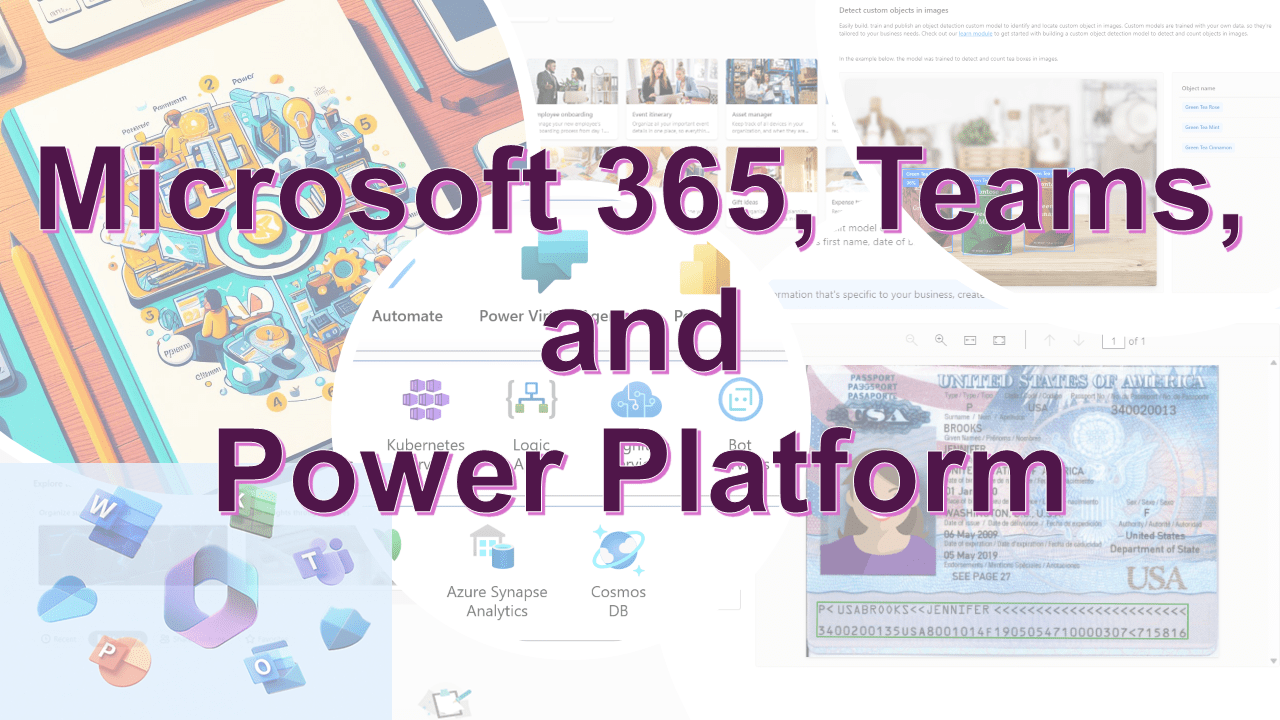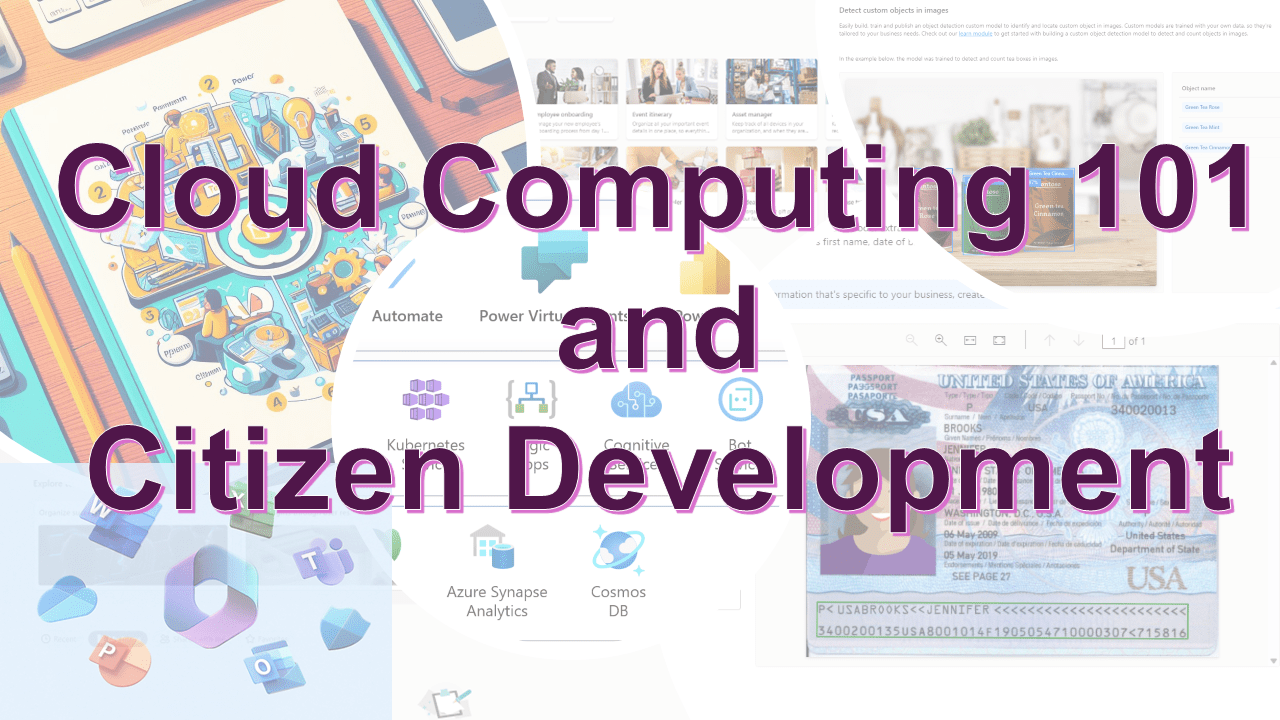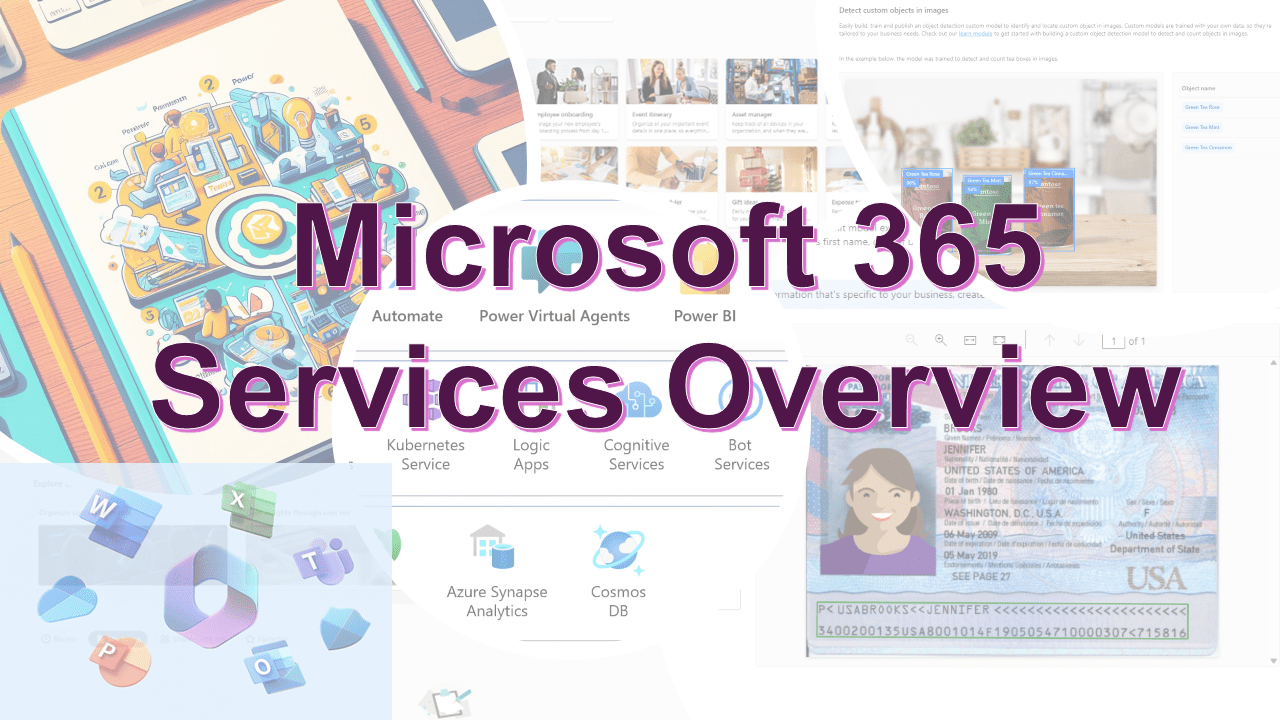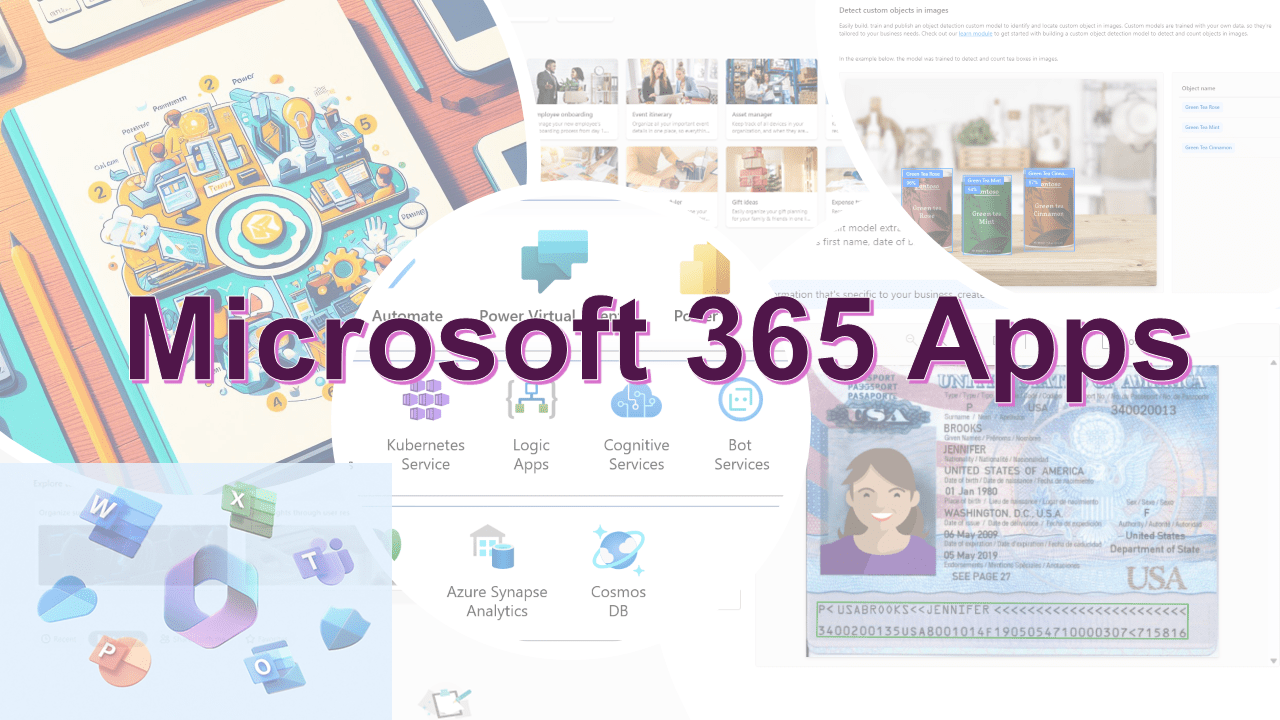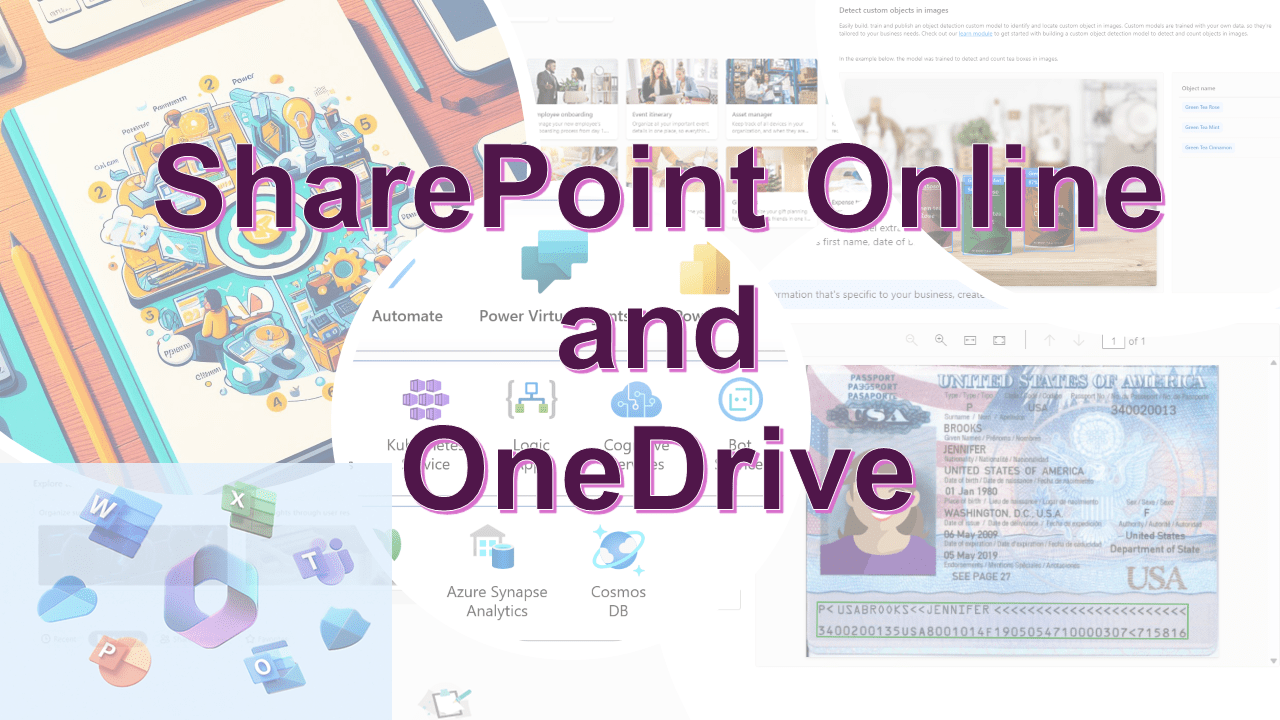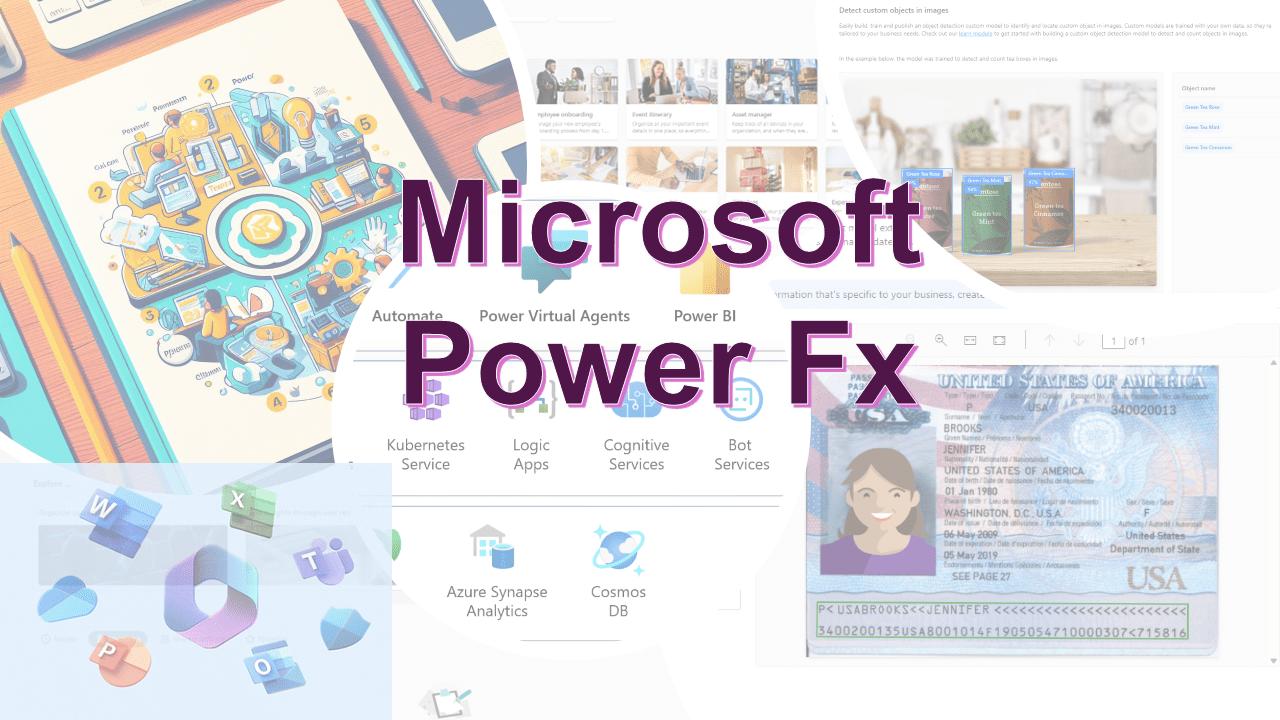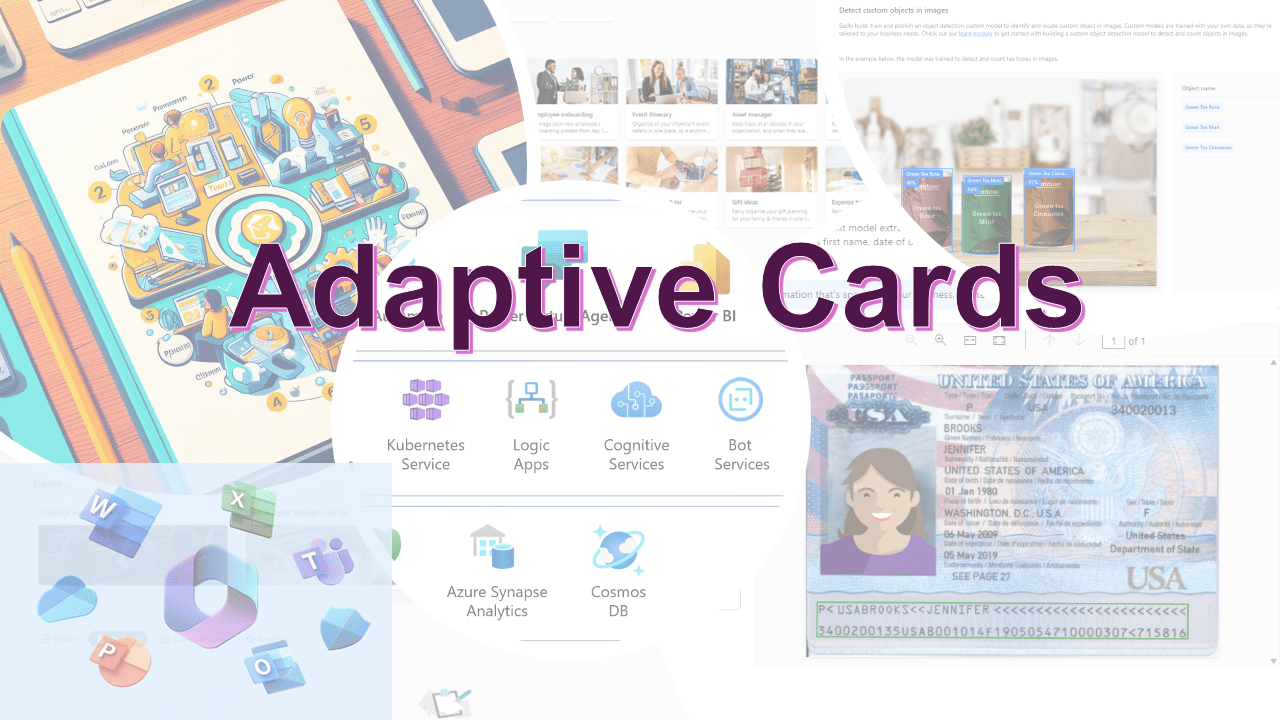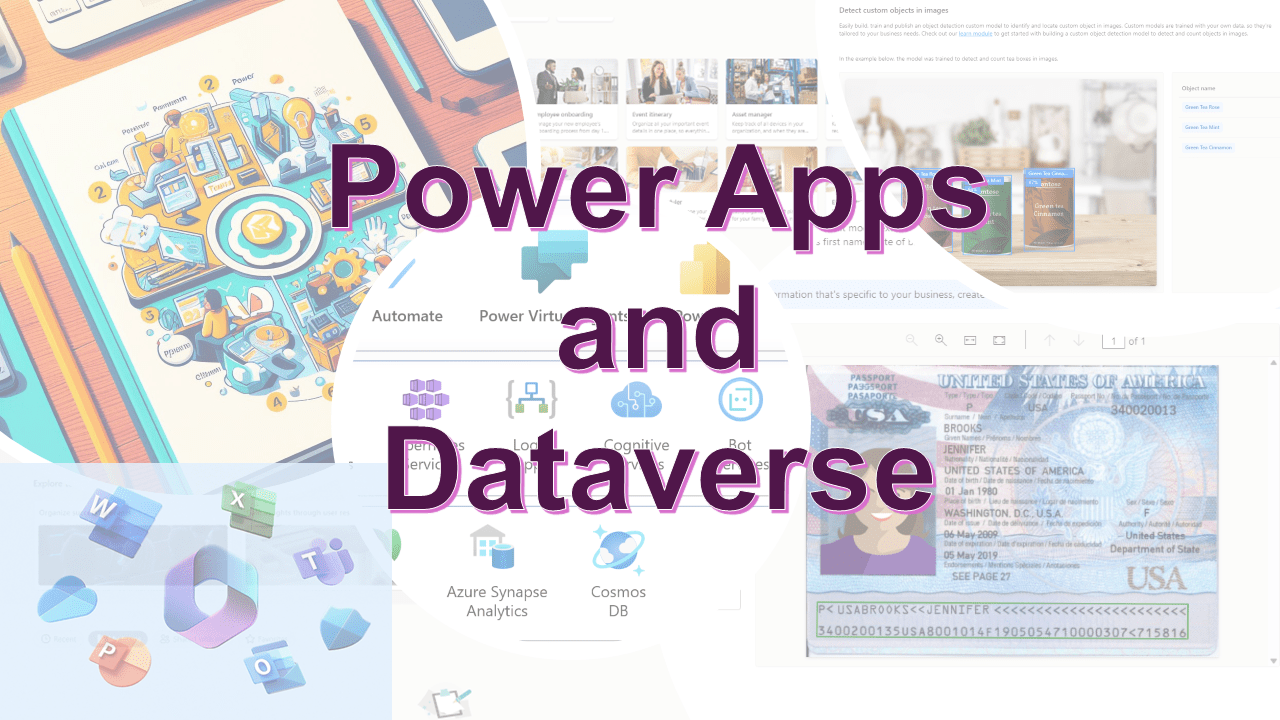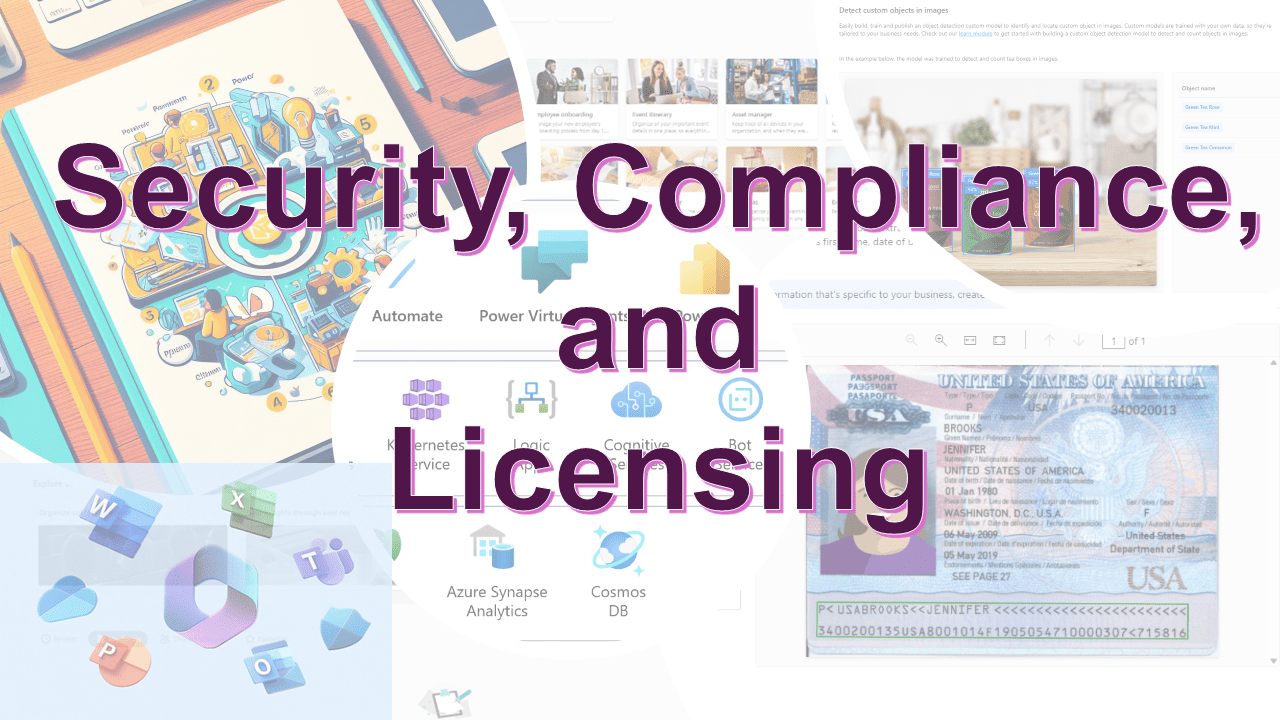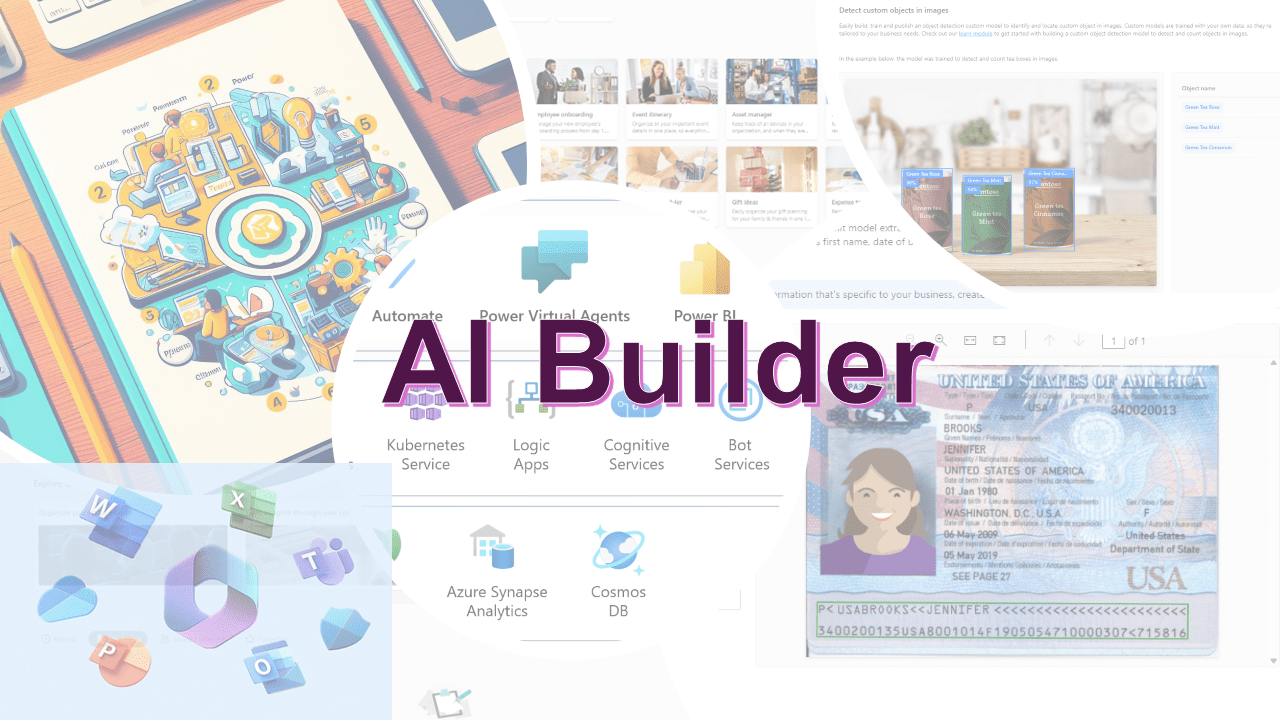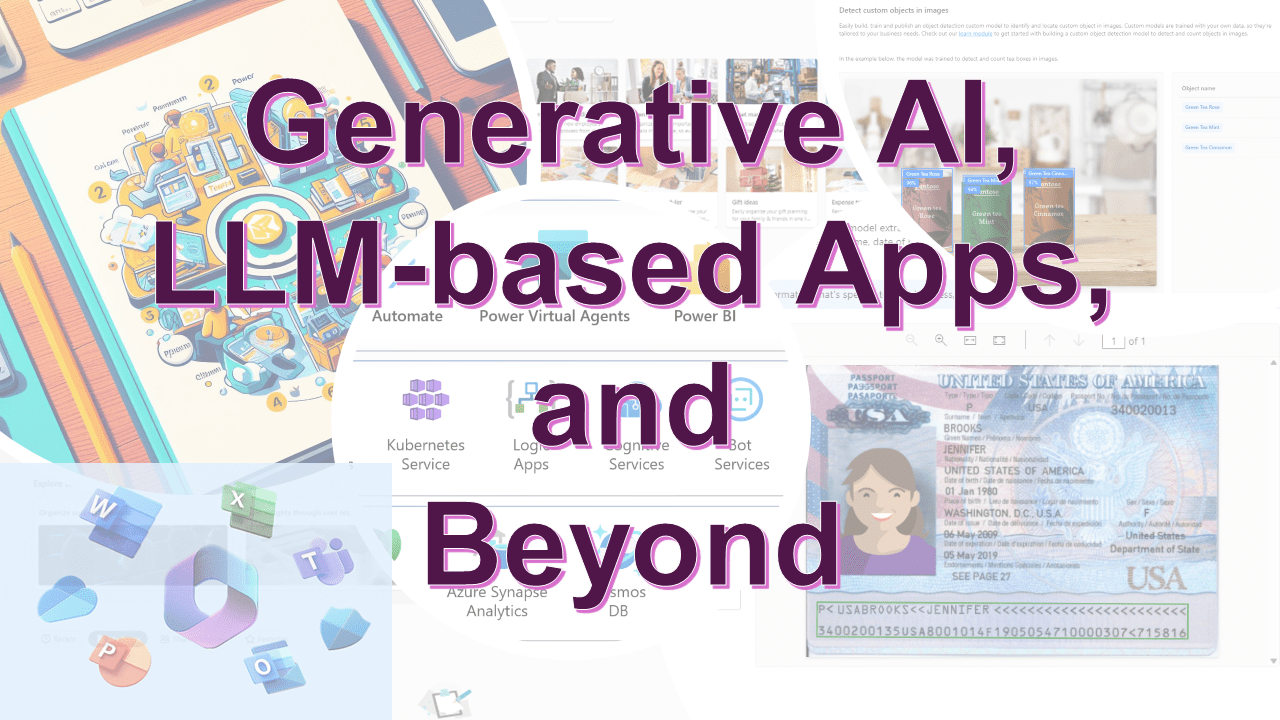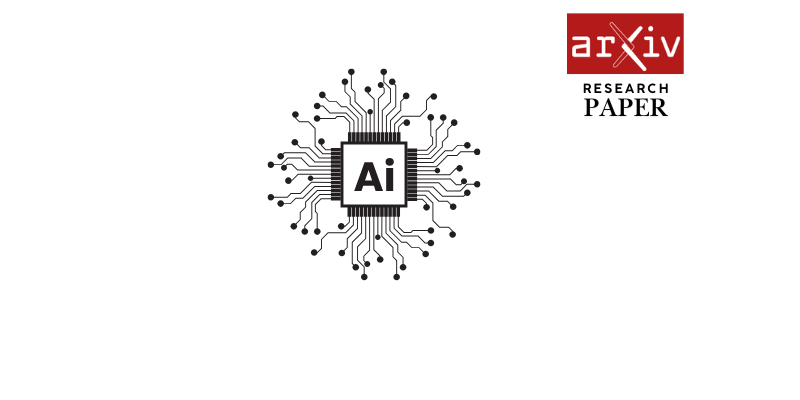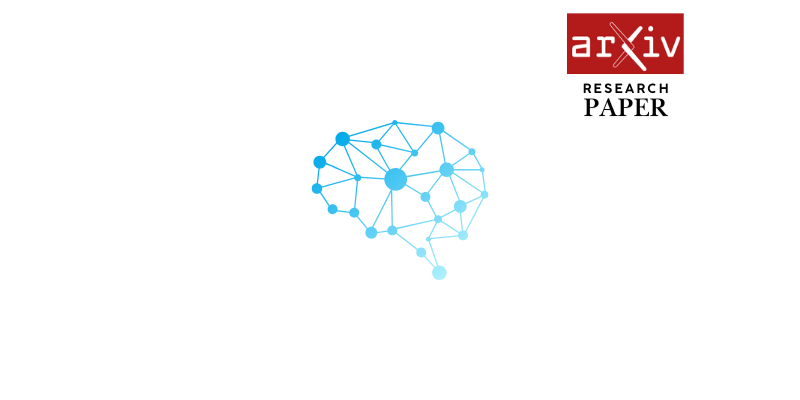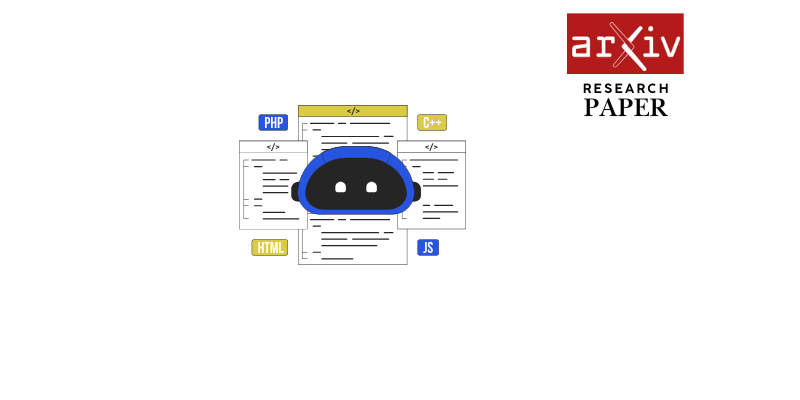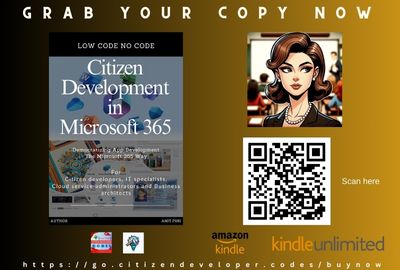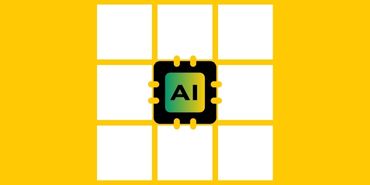Authors: Bhaskarjit Sarmah, Benika Hall, Rohan Rao, Sunil Patel, Stefano Pasquali, Dhagash Mehta
Page 1:
HybridRAG: Integrating Knowledge Graphs and Vector Retrieval
Augmented Generation for Efficient Information Extraction
Bhaskarjit Sarmah
bhaskarjit.sarmah@blackrock.com
BlackRock, Inc.
Gurugram, IndiaBenika Hall
bhall@nvidia.com
NVIDIA
Santa Clara, CA, USARohan Rao
rohrao@nvidia.com
NVIDIA
Santa Clara, CA, USA
Sunil Patel
supatel@nvidia.com
NVIDIA
Santa Clara, CA, USAStefano Pasquali
stefano.pasquali@blackrock.com
BlackRock, Inc.
New York, NY, USADhagash Mehta
dhagash.mehta@blackrock.com
BlackRock, Inc.
New York, NY, USA
ABSTRACT
Extraction and interpretation of intricate information from unstruc-
tured text data arising in financial applications, such as earnings
call transcripts, present substantial challenges to large language
models (LLMs) even using the current best practices to use Re-
trieval Augmented Generation (RAG) (referred to as VectorRAG
techniques which utilize vector databases for information retrieval)
due to challenges such as domain specific terminology and complex
formats of the documents. We introduce a novel approach based
on a combination, called HybridRAG , of the Knowledge Graphs
(KGs) based RAG techniques (called GraphRAG) and VectorRAG
techniques to enhance question-answer (Q&A) systems for infor-
mation extraction from financial documents that is shown to be
capable of generating accurate and contextually relevant answers.
Using experiments on a set of financial earning call transcripts
documents which come in the form of Q&A format, and hence
provide a natural set of pairs of ground-truth Q&As, we show that
HybridRAG which retrieves context from both vector database and
KG outperforms both traditional VectorRAG and GraphRAG indi-
vidually when evaluated at both the retrieval and generation stages
in terms of retrieval accuracy and answer generation. The proposed
technique has applications beyond the financial domain.
1 INTRODUCTION
For the financial analyst, it is crucial to extract and analyze infor-
mation from unstructured data sources like news articles, earnings
reports, and other financial documents to have at least some chance
to be on the better side of potential information asymmetry. These
sources hold valuable insights that can impact investment decisions,
market predictions, and overall sentiment. However, traditional
data analysis methods struggle to effectively extract and utilize
this information due to its unstructured nature. Large language
models (LLMs) [ 1–4] have emerged as powerful tools for financial
services and investment management. Their ability to process and
understand vast amounts of textual data makes them invaluable
for tasks such as sentiment analysis, market trend predictions, and
automated report generation. Specifically, extracting information
from annual reports and other financial documents can greatly en-
hance the efficiency and accuracy of financial analysts [ 5]. A robust
information extraction system can help analysts quickly gather
relevant data, identify market trends, and make informed decisions,
leading to better investment strategies and risk management [6].Although LLMs have substantial potential in financial applica-
tions, there are notable challenges in using pre-trained models to
extract information from financial documents outside their training
data while also reducing hallucination [ 7,8]. Financial documents
typically contain domain-specific language, multiple data formats,
and unique contextual relationships that general purpose-trained
LLMs do not handle well. In addition, extracting consistent and
coherent information from multiple financial documents can be
challenging due to variations in terminology, format, and context
across different textual sources. The specialized terminology and
complex data formats in financial documents make it difficult for
models to extract meaningful insights, in turn, causing inaccurate
predictions, overlooked insights, and unreliable analysis, which
ultimately hinder the ability to make well-informed decisions.
Current approaches to mitigate these issues include various
Retrieval-Augmented Generation (RAG) techniques [ 9], which aim
to improve the performance of LLMs by incorporating relevant
retrieval techniques. VectorRAG (the traditional RAG techniques
that are based on vector databases) focuses on improving Natural
Language Processing (NLP) tasks by retrieving relevant textual
information to support the generation tasks. VectorRAG excels in
situations where context from related textual documents is crucial
for generating meaningful and coherent responses [ 9–11]. RAG-
based methods ensure the LLMs generate relevant and coherent
responses that are aligned with the original input query. How-
ever, for financial documents, these approaches have significant
challenges as a standalone solution. For instance, traditional RAG
systems often use paragraph-level chunking techniques, which
assume the text in those documents are uniform in length. This
approach neglects the hierarchical nature of financial statements
and can result in the loss of critical contextual information for an
accurate analysis[ 12,13]. Due to the complexities in analyzing fi-
nancial documents, the quality of the LLM retrieved-context from
a vast and heterogeneous corpus can be inconsistent, leading to
inaccuracies and incomplete analyses. These challenges demon-
strate the need for more sophisticated methods that can effectively
integrate and process the detailed and domain-specific information
found in financial documents, ensuring more reliable and accurate
results for informed decision-making.
Knowledge graphs (KGs) [ 14] may provide a different point of
view to looking at the financial documents where the documentsarXiv:2408.04948v1 [cs.CL] 9 Aug 2024
Page 2:
Sarmah et al.
are viewed as a collection of triplets of entities and their relation-
ships as depicted in the text of the documents. KGs have become
a pivotal technology in data management and analysis, provid-
ing a structured way to represent knowledge through entities and
relationships and have been widely adopted in various domains,
including search engines, recommendation systems, and biomedical
research [ 15–17]. The primary advantage of KGs lies in their ability
to offer a structured representation, which facilitates efficient query-
ing and reasoning. However, building and maintaining KGs and
integrating data from different sources, such as documents, news
articles, and other external sources, into a coherent knowledge
graph poses significant challenges.
The financial services industry has recognized the potential of
KGs in enhancing data integration of heterogeneous data sources,
risk management, and predictive analytics [ 18?–21]. Financial KGs
integrate various financial data sources such as market data, fi-
nancial reports, and news articles, creating a comprehensive view
of financial entities and their relationships. This unified view im-
proves the accuracy and comprehensiveness of financial analysis,
facilitates risk management by identifying hidden relationships,
and supports advanced predictive analytics for more accurate mar-
ket predictions and investment decisions. However, handling large
volumes of financial data and continuously updating the knowledge
graph to reflect the dynamic nature of financial markets can be
challenging and resource-intensive.
GraphRAG (Graph-based Retrieval-Augmented Generation) [ 22–
27] is a novel approach that leverages knowledge graphs (KGs) to
enhance the performance of NLP tasks such as Q&A systems. By
integrating KGs with RAG techniques, GraphRAG enables more
accurate and context-aware generation of responses based on the
structured information extracted from financial documents. But
GraphRAG generally underperforms in abstractive Q&A tasks or
when there is not explicit entity mentioned in the question.
In the present work, we propose a combination of VectorRAG and
GraphRAG, called HybridRAG, to retrieve the relevant information
from external documents for a given query to the LLM that brings
advantages of both the RAGs together to provide demonstrably
more accurate answers to the queries.
1.1 Prior Work and Our Contribution
VectorRAG has been extensively investigated in the recent years
and focuses on enhancing NLP tasks by retrieving relevant textual
information to support generation processes [ 9–11,26]. However,
the effectiveness of the retrieval mechanism across multiple docu-
ments and longer contexts poses a significant challenge in extract-
ing relevant responses. GraphRAG combines the capabilities of KGs
with RAG to improve traditional NLP tasks [ 23–25]. Within our
implementations of both VectorRAG GraphRAG techniques, we
explicitly add information on the metadata of the documents that
is also shown to improve the performance of VectorRAG [8].
To the best of our knowledge the present work is the first work
that proposes a RAG approach that is hybrid of both VectorRAG
and GraphRAG and demonstrates its potential of more effective
analysis and utilization of financial documents by leveraging the
combined strengths of VectorRAG and GraphRAG. We also utilize a
novel ground-truth Q&A dataset extracted from publicly availablefinancial call transcripts of the companies included in the Nifty-50
index which is an Indian stock market index that represents the
weighted average of 50 of the largest Indian companies listed on
the National Stock Exchange1.
2 METHODOLOGY
In this Section, we provide details of the proposed methodology
by first discussing details of VectorRAG, then methodologies of
constructing KGs from given documents and our proposed method-
ology of GraphRAG and finally the HybridGraph technique.
2.1 VectorRAG
The traditional RAG [ 9] process begins with a query that is related
to the information possessed within external document(s) that are
not a part of the training dataset for the LLM. This query is used to
search an external repository, such as a vector database or indexed
corpus, to fetch relevant documents or passages containing useful
information. These retrieved documents are then fed back into the
LLM as additional context. Hence, in turn, for the given query, the
language model generates a response based not only on its inter-
nal training data but also by incorporating the retrieved external
information. This integration ensures that the generated content is
grounded in more recent and verifiable data, improving the accu-
racy and contextual relevance of the responses. By combining the
retrieval of external information with the generative capabilities
of large language models, RAG enhances the overall quality and
reliability of the generated text.
In traditional VectorRAG, the given external documents are di-
vided into multiple chunks because of the limitation of context size
of the language model. Those chunks are converted into embed-
dings using an embeddings model and then stored into a vector
database. After that, the retrieval component performs a similarity
search within the vector database to identify and rank the chunks
most relevant to the query. The top-ranked chunks are retrieved
and aggregated to provide context for the generative model.
Then, the generative model takes this retrieved context along
with the original query and synthesizes a response. Thus, it merges
the real-time information from the retrieved chunks with its pre-
existing knowledge, ensuring that the response is both contextually
relevant and detailed.
The schematic diagram in Figure 1 provides details on the part
of RAG that generates vector database from given external docu-
ments in the traditional VectorRAG methodology where we also
include explicit reference of metadata [8]. Section 4.2 will provide
implementation details for our experiments.
2.2 Knowledge Graph Construction
A KG is a structured representation of real-world entities, their
attributes, and their relations, usually stored in a graph database
or a triplet store, i.e., a KG consists of nodes that represent entities
and edges that represent relations, as well as labels and attributes
for both. A graph triplet is a basic unit of information in a KG,
consisting of a subject, a predicate, and an object.
In most methodologies to build a KG from given documents,
three main steps are involved: knowledge extraction, knowledge
1https://www.nseindia.com/products/content/equities/indices/nifty_50.htm
Page 3:
HybridRAG: Integrating Knowledge Graphs and Vector Retrieval Augmented Generation for Efficient Information Extraction
Figure 1: A schematic diagram describing the vector database
creation of a RAG application.
improvement, and knowledge adaptation [ 28]. Here, we do not use
knowledge adaptation and treat the KGs as static graphs.
Knowledge Extraction:- This step aims to extract structured in-
formation from unstructured or semi-structured data, such as text,
databases, and existing ontologies. The main tasks in this step are
entity recognition, relationship extraction, and co-reference reso-
lution. Entity recognition and relationship extraction techniques
use typical NLP tasks to identify entities and their relationships
from textual sources [ 29]. Coreference resolution identifies and
connects different references of the same entity, keeping coherence
within the knowledge graph. For example, if the text refers to a
company as both "the company" and "it", coreference resolution
can link these mentions to the same entity node in the graph.
Knowledge Improvement:- This step aims to enhance the quality
and completeness of the KG by removing redundancies and address-
ing gaps in the extracted information. The primary tasks in this
step are KG completion and fusion. KG completion technique infers
missing entities and relationships within the graph using meth-
ods such as link prediction and entity resolution. Link prediction
predicts the existence and type of a relation between two entities
based on the graph structure and features, while entity resolution
matches and merges different representations of the same entity
from different sources.
Knowledge fusion combines information from multiple sources
to create a coherent and unified KG. This involves resolving conflicts
and redundancies among the sources, such as contradictory or
duplicate facts, and aggregating or reconciling the information
based on rules, probabilities, or semantic similarity.
We utilized a robust methodology for creating KG triplets from
unstructured text data, specifically focusing on corporate docu-
ments such as earnings call transcripts, adapted from Ref. [ 18?].
This process involves several interconnected stages, each designed
to extract, refine, and structure information effectively.
We implement a two-tiered LLM chain for content refinement
and information extraction. The first tier employs an LLM to gen-
erate an abstract representation of each document chunk. This
refinement process is crucial as it distills the essential information
while preserving the original meaning and key relationships be-
tween concepts that serves as a more focused input for subsequent
processing, enhancing the overall efficiency and accuracy of ourtriplet extraction pipeline. The second tier of our LLM chain is
dedicated to entity extraction and relationship identification.
Both the steps are executed using carefully performed prompt
engineering on a pre-trained LLM. A detailed discussion on imple-
mentation of the methodology will be provided in Section 4.1
2.3 GraphRAG
KG based RAG [ 22], or GraphRAG, also begins with a query based
on the user’s input same as VectorRAG. The main difference be-
tween VectorRAG and GraphRAG lies in the retrieval part. The
query here is now used to search the KG to retrieve relevant nodes
(entities) and edges (relationships) related to the query. A subgraph,
which consists of these relevant nodes and edges, is extracted from
the full KG to provide context. This subgraph is then integrated
with the language model’s internal knowledge, by encoding the
graph structure into embeddings that the model can interpret. The
language model uses this combined context to generate responses
that are informed by both the structured information from the KG
and its pre-trained knowledge. Crucially, when responding to user
queries about a particular company, we leveraged the metadata
information to selectively filter and retrieve only those document
segments pertinent to the queried company [ 8]. This integration
helps ensure that the generated outputs are accurate, contextually
relevant, and grounded in verifiable information.
A schematic diagram of the retrieval methodology of GraphRAG
is given in Figure 2. Here we first write a prompt to clean the
data and then write another prompt in the second stage to create
knowledge triplets along with metadata. It will be covered in more
detail in section 4.1
Figure 2: A schematic diagram describing knowledge graph
creation process of GraphRAG.
2.3.1 HybridRAG. For the HybridRAG technique, we propose to
integrate the aforementioned two distinct RAG techniques: Vec-
torRAG and GraphRAG. This integration involves a systematic
combination of contextual information retrieved from both the
traditional vector-based retrieval mechanism and the KG-based
retrieval system, the latter of which was constructed specifically
for this study.
The amalgamation of these two contexts allows us to leverage the
strengths of both approaches. The VectorRAG component provides
a broad, similarity-based retrieval of relevant information, while
the GraphRAG element contributes structured, relationship-rich
Page 4:
Sarmah et al.
contextual data. This combined context is then utilized as input for a
LLM to generate the final responses. Details on the implementation
of the HybridRAG will be provided in Section 4.4.
2.4 Evaluation Metrics
To assess the efficacy of this integrated approach, we conducted a
comparative analysis among the three approaches in a controlled ex-
perimental set up: VectorRAG, GraphRAG and HybridRAG. The re-
sponses generated using the combined VectorRAG and GraphRAG
contexts were juxtaposed against those produced individually by
VectorRAG and GraphRAG. This comparative evaluation aimed to
discern potential improvements in response quality, accuracy, and
comprehensiveness that might arise from the synergistic integra-
tion of these two RAG methodologies.
To objectively evaluate different RAG approaches (VectorRAG
and GraphRAG in their case), Ref. [ 22] utilized metrics such as
comprehensiveness (i.e., the amount of details the answer provides
to cover all aspects and details of the question?); diversity (i.e.,
the richness of the answer in providing different perspectives and
insights on the question); empowerment (i.e., the helpfulness of the
answer to the reader understand and make informed judgements
about the topic); and, directness (i.e., clearness of the answer in
addressing the question). here, the LLM was provided tuples of
question, target metric, and a pair of answers, and was asked to
assess which answer was better according to the metric and why.
These metrics though compare the final generated answers, do
not necessarily directly evaluate the retrieval and generation parts
separately. Instead, here we implement a comprehensive set of
evaluation metrics which are designed to capture different aspects
of a given RAG system’s output quality, focusing on faithfulness,
answer relevance, and context relevance [ 30]. Each metric provides
unique insights into the system’s capabilities and limitations.
2.4.1 Faithfulness. Faithfulness is a crucial metric that measures
the extent to which the generated answer can be inferred from the
provided context. Our implementation of the faithfulness metric
involves a two-step process:
Statement Extraction:- We use an LLM to decompose the gener-
ated answer into a set of concise statements. This step is crucial
for breaking down complex answers into more manageable and
verifiable units. The prompt used for this step is:
"Given a question and answer, create one or more statements
from each sentence in the given answer. question: [question] an-
swer: [answer]".
Statement Verification:- For each extracted statement, we employ
the LLM to determine if it can be inferred from the given context.
This verification process uses the following prompt:
"Consider the given context and following statements, then de-
termine whether they are supported by the information present in
the context. Provide a brief explanation for each statement before
arriving at the verdict (Yes/No). Provide a final verdict for each
statement in order at the end in the given format. Do not deviate
from the specified format. statement: [statement 1] ... statement:
[statement n]".
The faithfulness score ( 𝐹) is𝐹=|𝑉|/|𝑆|, where |𝑉|is the number
of supported statements and |𝑆|is the total number of statements.2.4.2 Answer Relevance:-. The answer relevance metric assesses
how well the generated answer addresses the original question,
irrespective of factual accuracy. This metric helps identify cases of
incomplete answers or responses containing irrelevant information.
Our implementation involves the following steps:
Question Generation: We prompt the LLM to generate n potential
questions based on the given answer:
"Generate a question for the given answer. answer: [answer]".
Then, we obtain embeddings for all generated questions and the
original question using OpenAI’s text-embedding-ada-002 model2.
We then calculate the cosine similarity between each generated
question’s embedding and the original question’s embedding.
Finally, the answer relevance score (AR) is computed as the aver-
age similarity across all generated questions: 𝐴𝑅=1
𝑛Í(𝑠𝑖𝑚(𝑞,𝑞𝑖)),
where𝑠𝑖𝑚(𝑞,𝑞𝑖)is the cosine similarity between the embedding
of the original question 𝑞and the embeddings of each of the 𝑛
generated questions 𝑞𝑖.
2.4.3 Context Precision. It is a metric used to evaluate the relevance
of retrieved context chunks in relation to a specified ground truth
for a given question3. It calculates the proportion of relevant items
that appear in the top ranks of the context. The formula for context
precision at K is the sum of the products of precision at each rank
k and a binary relevance indicator v_k, divided by the total number
of relevant items in the top K results. Precision at each rank k is
determined by the ratio of true positives at k to the sum of true
positives and false positives at k. This metric helps in assessing
how well the context supports the ground truth, aiming for higher
scores which indicate better precision.
2.4.4 Context Recall. It is a metric used to evaluate how well the
retrieved context aligns with the ground truth answer, which is
considered the definitive correct response4. It is quantified by com-
paring each sentence in the ground truth answer to see if it can
be traced back to the retrieved context. The formula for context
recall is the ratio of the number of ground truth sentences that can
be attributed to the context to the total number of sentences in
the ground truth. Higher values, ranging from 0 to 1, indicate bet-
ter alignment and thus better context recall. This metric is crucial
for assessing the effectiveness of information retrieval systems in
providing relevant context.
3 DATA DESCRIPTION
Although there do exist some public financial datasets, none of them
were suitable for the present experiments: e.g., FinQA [ 31], TAT-
QA [ 32], FIQA [ 33], FinanceBench [ 34], etc. datasets are limited to
specific usecases such as benchmarking LLMs’ abilities to perform
complex numerical reasoning or sentiment analysis. On the other
hand, FinTextQA [ 35] dataset was not publicly available at the
time of writing the present work. In addition, in most of these
datasets, access to the actual documents from which the ground-
truth Q&As were created is not available, making it impossible to
use them for our RAG techniques evaluation purposes. Hence, we
resorted to a dataset of our own though through publicly available
2https://platform.openai.com/docs/guides/embeddings/embedding-models
3https://docs.ragas.io/en/stable/concepts/metrics/context_precision.html
4https://docs.ragas.io/en/stable/concepts/metrics/context_recall.html
Page 5:
HybridRAG: Integrating Knowledge Graphs and Vector Retrieval Augmented Generation for Efficient Information Extraction
documents but such that we finally have access to both the actual
financial documents and the ground-truth Q&As. Datasets like
FinanceBench5provides question-context-answer triplets but they
are not useful as here we are comparing VectorRAG, GraphRAG
and HybridRAG and they do not provide the context generated
from a KG. A recent paper [ 22] has not made the KG and triplets
constructed by their algorithm public to the best of our knowledge
either.
In short, there is no publicly available benchmark dataset to
compare VectorRAG and GraphRAG either for financial or general
domains to the best of our knowledge. Hence, we had to rely on
our own dataset constructed as explained below.
We used transcripts from earnings calls of Nifty 50 constituents
for our analysis. The NIFTY 50 is popular index in the Indian stock
market that represents the weighted average of 50 of the largest
Indian companies listed on the National Stock Exchange (NSE).
The dataset of the earning call documents of Nifty 50 companies is
widely recognized in the investment realm and is esteemed as an
authoritative and extensive collection of earnings call transcripts.
In our investigation, we focus on data spanning the quarter ending
in June, 2023 i.e. the earnings reports for Q1 of the financial year
2024 (A financial year in India starts on the 1st April and ends in
31st March, so the quarter from 1st April to 30th June is the first
quarter of 2024 for the Indian market).
Our dataset encompasses 50 transcripts for this quarter, span-
ning over 50 companies within Nifty 50 universe from diverse
range of sectors including Infrastructure, Healthcare, Consumer
Durables, Banking, Automobile, Financial Services, Energy - Oil
& Gas, Telecommunication, Consumer Goods, Pharmaceuticals,
Energy - Coal, Materials, Information Technology, Construction,
Diversified, Metals, Energy - Power and Chemicals providing a
substantial and diverse foundation for our study.
We start the data collection process focused on acquiring earn-
ings reports from company websites within the Nifty 50 universe by
developing and deploying a custom web scraping tool to navigate
through the websites of each company within the Nifty 50 index,
systematically retrieving the pertinent earnings reports for Q1 of
the financial year 2024. By utilizing this web scraping approach,
we aimed to compile a comprehensive dataset encompassing the
earnings reports of the constituent companies.
Table 1 summarizes basic statistics of the documents we will be
experimenting with in the remainder of this work.
Number of companies/documents 50
Average number of pages 27
Average number of questions 16
Average number of tokens 60,000
Table 1: Summary Statistics for the call transcript documents
used in the present work.
These call transcripts documents consist of questions and an-
swers between financial analysts and the company representatives
for the respective companies, hence, there already exist certain
Q&A pairs within these documents along with additional text. We
examined the earnings reports within the Nifty50 universe, system-
atically curated a comprehensive array of randomly selected 400
5https://huggingface.co/datasets/PatronusAI/financebench-testquestions posed during the earnings calls from all the documents,
and gathered the exact responses corresponding to these questions.
These questions constitute the specific queries articulated by finan-
cial analysts to the management during these calls.
4 IMPLEMENTATION DETAILS
In this Section, we provide details of implementation of the pro-
posed methodology.
4.1 Knowledge Graph Construction
The initial phase of our approach centers on document preprocess-
ing. We utilize the PyPDFLoader6to import PDF documents, which
are subsequently segmented into manageable chunks using the
RecursiveCharacterTextSplitter. This chunking strategy employs a
size of 2024 characters with an overlap of 204 characters, ensuring
comprehensive coverage while maintaining context across segment
boundaries.
Following the preprocessing stage, we implement the two-tiered
language model chain for content refinement and information ex-
traction. It is not possible to include the exact prompt here due to
the limited space, but a baseline prompt can be found in Ref. [18].
Entity Type Examples
Companies and Corpo-
rationsOfficial names, abbreviations, infor-
mal references
Financial Metrics and
IndicatorsRevenue, profit margins, EBITDA
Corporate Executives
and Key PersonnelCEOs, CFOs, board members
Products and Services Tangible products and intangible ser-
vices
Geographical Locations Headquarters, operational regions,
markets
Corporate Events Mergers, acquisitions, product
launches, earnings calls
Legal and Regulatory
InformationLegal cases, regulatory compliance
Table 2: Entities extracted from earnings call transcripts
Table 2 summarizes details on entities extracted from the earn-
ing calls transcripts using our prompt based method. Concurrently,
LLM identifies relationships between these entities using a curated
set of verbs, capturing the nuanced interactions within the cor-
porate narrative. A key improvement in our methodology is the
enhanced prompt engineering to generate the structured output
format for knowledge triplets. Each triplet is represented as a nested
list [’h’, ’type’, ’r’, ’o’, ’type’, ’metadata’], where ’h’ and ’o’ denote
the head and object entities respectively, ’type’ specifies the entity
category, ’r’ represents the relationship, and ’metadata’ encapsu-
lates additional contextual information. This format allows for a
rich, multidimensional representation of information, facilitating
more nuanced downstream analysis.
6https://python.langchain.com/v0.1/docs/modules/data_connection/document_
loaders/pdf/
Page 6:
Sarmah et al.
Our process incorporates several advanced features to enhance
the quality and utility of the extracted triplets. Entity disambigua-
tion techniques are employed to consolidate different references to
the same entity, improving consistency across the KG. We also pri-
oritize conciseness in entity representation, aiming for descriptions
of less than four words where possible, which aids in maintaining
a clean and navigable graph structure.
The extraction pipeline is applied iteratively to each document
chunk, with results aggregated to form a comprehensive knowledge
graph representation of the entire document, allowing for scalable
processing of large documents while maintaining local context
within each chunk. We have added explicit instruction on obtaining
metadata following Ref. [8] for both VectorRAG and GraphRAG.
Finally, we implement a data persistence strategy, converting
the extracted triplets from their initial string format to Python data
structures and storing them in a pickle file. This facilitates easy
retrieval and further manipulation of the knowledge graph data in
subsequent analysis stages.
Our methodology represents a significant advancement in auto-
mated knowledge extraction from corporate documents. By com-
bining advanced NLP techniques with a structured approach to
information representation, we create a rich, queryable knowledge
base that captures the complex relationships and key information
present in corporate narratives. This approach opens up new pos-
sibilities for financial analysis and automated reasoning in the
business domain that will be explored further in the future.
4.2 VectorRAG
Our methodology builds upon the concept of RAG [ 9] which al-
lows for the creation of a system that can provide context-aware,
accurate responses to queries about company financial informa-
tion, leveraging both the power of large language models and the
efficiency of semantic search.
At the core of our system is a Pinecone vector database7, which
serves as the foundation for our information retrieval process. We
employ OpenAI’s text-embedding-ada-002 model to transform tex-
tual data from earnings call transcripts into high-dimensional vec-
tor representations. This vectorization process enables semantic
similarity searches, significantly enhancing the relevance and ac-
curacy of retrieved information. Table 3 provides summary of the
configuration of the set up in use for our experiments.
LLM GPT-3.5-Turbo
LLM Temperature 0
Embedding Model text-embedding-ada-002
Framework LangChain
Vector Database Pinecone
Chunk Size 1024
Chunk Overlap 0
Maximum Output Tokens 1024
Chunks for Similarity Algorithm 20
Number of Context Retrieved 4
Table 3: VectorRAG Configuration
7https://www.pinecone.io/The Q&A pipeline is constructed using the LangChain frame-
work8. The begins with a context retrieval step, where we query the
Pinecone vector store to obtain the most relevant document chunks
for a given question. This retrieval process is fine-tuned with spe-
cific filters for quarters, years, and company names, ensuring that
the retrieved information is both relevant and current.
Following retrieval, we implement a context formatting step that
consolidates the retrieved document chunks into a coherent context
string. This formatted context serves as the informational basis for
the language model’s response generation. We have developed a
sophisticated prompt template, that instructs the language model
to function as an expert Q&A system, emphasizing the importance
of utilizing only the provided context information and avoiding
direct references to the context in the generated responses.
For the core language processing task, we integrate OpenAI’s
GPT-3.5-turbo model which processes the formatted context and
query to generate natural language responses that are informative,
coherent, and contextually appropriate.
To evaluate the performance of our system, we developed a
comprehensive framework that includes the preparation of a cus-
tom dataset of question-answer pairs specific to each company’s
earnings call. Our system processes each question in this dataset,
generating answers based on the retrieved context. The evaluation
results, including the original question, generated answer, retrieved
contexts, and ground truth, are compiled into structured formats
(CSV and JSON) to facilitate further analysis. The outputs generated
by our system are stored in both CSV and JSON formats, enabling
easy integration with various analysis tools and dashboards. This
approach facilitates both quantitative performance metrics and
qualitative assessment of the system’s responses, providing a com-
prehensive view of its effectiveness.
By parameterizing company names, quarters, and years, we can
easily adapt the system to different datasets and time periods. This
design choice allows for seamless integration of new data and
expansion to cover multiple companies and earnings calls.
4.3 GraphRAG
For GraphRAG, we developed an Q&A system specifically designed
for corporate earnings call transcripts. Our implementation of
GraphRAG leverages several key components and techniques:
LLM GPT-3.5-Turbo
LLM Temperature 0
Framework LangChain
KG Manipulation Networkx
Chunk Size 1024
Chunk Overlap 0
Number of Triplets 13950
Number of nodes 11405
Number of edges 13883
DFS Depth 1
Table 4: GraphRAG Configuration
8https://docs.smith.langchain.com/old/cookbook/hub-examples/retrieval-qa-chain
Page 7:
HybridRAG: Integrating Knowledge Graphs and Vector Retrieval Augmented Generation for Efficient Information Extraction
Knowledge Graph Construction:- We begin by constructing
a KG from a set of knowledge triplets extracted from corporate
documents using the prompt engineering based methodology as
described in Section 4.1. These triplets, stored in a pickle file, repre-
sent structured information in the form of subject-predicate-object
relationships. We use the NetworkxEntityGraph class from the
LangChain library to create and manage this graph structure. Each
triple is added to the graph, which encapsulates the head entity,
relation, tail entity, and additional metadata.
We implement the Q&A functionality using the GraphQAChain
class from LangChain. This chain combines the KG with an LLM
(in our case, OpenAI’s GPT-3.5-turbo) to generate responses. The
GraphQAChain traverses the KG to find relevant information and
uses the language model to formulate coherent answers based on
the retrieved context. A summary of configuration of our LLM
models and other libraries used for GraphRAG is shown in Table 4.
In KG as the information is stored in the form of entities and
relationships and there can be multiple relations emanating from
one single entity, in this experiment, to extract relevant information
from the KG, we employ a depth-first search strategy constrained
by a depth of one from the specified entity.
To prepare for assessing the performance of our GraphRAG
system, we follow the below steps: Dataset Preparation:- We use
a pre-generated CSV file containing question-answer pairs specific
to the earnings call transcript.
Iterative Processing:- For each question in the dataset, we run
the GraphQAChain to generate an answer.
Result Compilation:- We compile the results, including the origi-
nal questions, generated answers, retrieved contexts, and ground
truth answers, into a structured format.
Finally, the evaluation results are saved in both CSV and JSON
formats for further analysis and comparison. We then fed these
outputs into our RAG evaluation pipeline. For each Q&A pair in
our dataset, we compute all three metrics: faithfulness, answer
relevance, context precision and context recall.
4.4 HybridRAG
For the proposed HybridRAG technique, upon obtaining all the
contextual information from VectorRAG and GraphRAG, we con-
catenate these contexts to form a unified context utilizing both
techniques. This combined context is then fed into the answer gen-
erator model to produce a response. The context used for response
generation is relatively larger, which affects the precision of the
generated response. The context from VectorRAG is appended first,
followed by the context from GraphRAG. Consequently, the preci-
sion of the generated answer depends on the source context. If the
answer is generated from the GraphRAG context, it will have lower
precision, as the GraphRAG context is added last in the sequence of
contexts provided to the answer generator model, and vice versa.
5 RESULTS
We evaluate both the retrieval and generation parts of RAG for
the three different RAG pipelines. Evaluating the RAG outputs is
also an active area of research there is no standard tool which is
universally accepted as of yet, though we use a currently popular
framework RAGAS[ 30] to evaluate the three RAG pipelines in thepresent work where we have modified them a bit to make more
precise comparisons.
The results of our comparative analysis reveal notable differences
in performance among VectorRAG, GraphRAG, and HybridRAG
approaches as summarized in Table 5. In terms of Faithfulness,
GraphRAG and HybridRAG demonstrated superior performance,
both achieving a score of 0.96, while VectorRAG trailed slightly with
a score of 0.94. Answer relevancy scores varied across the meth-
ods, with HybridRAG outperforming the others at 0.96, followed
by VectorRAG at 0.91, and GraphRAG at 0.89. Context precision
was highest for GraphRAG at 0.96, significantly surpassing Vec-
torRAG (0.84) and HybridRAG (0.79). However, in context recall,
both VectorRAG and HybridRAG achieved perfect scores of 1, while
GraphRAG lagged behind at 0.85.
Overall, these results suggest that GraphRAG offers improve-
ments over VectorRAG, particularly in faithfulness and context pre-
cision. Furthermore, HybridRAG emerges as the most balanced and
effective approach, outperforming both VectorRAG and GraphRAG
in key metrics such as faithfulness and answer relevancy, while
maintaining high context recall.
The relatively lower context precision observed for HybridRAG
(0.79) can be attributed to its unique approach of combining con-
texts from both VectorRAG and GraphRAG methods. While this
integration allows for more comprehensive information retrieval,
it also introduces additional content that may not align precisely
with the ground truth, thus affecting the context precision met-
ric. Despite this trade-off, HybridRAG’s superior performance in
faithfulness, answer relevancy, and context recall underscores its
effectiveness. When considering the overall evaluation metrics,
HybridRAG emerges as the most promising approach, balancing
high-quality answers with comprehensive context retrieval.
Overall GraphRAG performs better in extractive questions com-
pared to VectorRAG. And VectorRAG does better in abstractive
questions where information is not explicitly mentioned in the
raw data. And also GraphRAG sometimes fails to answer ques-
tions correctly whenever there is no entity explicitly mentioned in
the question. So HybridRAG does a good job overall, as whenever
VectorRAG fails to fetch correct context in extractive questions
it falls back to GraphRAG to generate the answer. And whenever
GraphRAG fails to fetch correct context in abstractive questions it
falls back to VectorRAG to generate the answer.
VectorRAG GraphRAG HybridRAG
F 0.94 0.96 0.96
AR 0.91 0.89 0.96
CP 0.84 0.96 0.79
CR 1 0.85 1
Table 5: Performance Metrics for Different RAG Pipelines.
Here, F, AR, CP and CR refer to Faithfulness, Answer
Relevence, Context Precision and Context Recall.
6 CONCLUSION AND FUTURE DIRECTIONS
Among the current approaches to mitigate issues regarding infor-
mation extraction from external documents that were not part of
Page 8:
Sarmah et al.
training data for the LLM, Retrieval Augmented Generation (RAG)
techniques have emerged as the most popular ones that aim to
improve the performance of LLMs by incorporating relevant re-
trieval mechanisms. RAG methods enhance the LLMs’ capabilities
by retrieving pertinent documents or text to provide additional
context during the generation process. However, these approaches
encounter significant limitations when applied to the specialized
and intricate domain of financial documents. Furthermore, the qual-
ity of the retrieved context from a vast and heterogeneous corpus
can be inconsistent, leading to inaccuracies and incomplete analyses.
These challenges highlight the need for more sophisticated methods
that can effectively integrate and process the detailed and domain-
specific information found in financial documents, ensuring more
reliable and accurate outputs for informed decision-making.
In the present work, we have introduced a novel approach that
significantly advances the field of information extraction from finan-
cial documents through the development of a hybrid RAG system.
This system, called HybridRAG, which integrates the strengths
of both Knowledge Graphs (KGs) and advanced language models,
represents a leap forward in our ability to extract and interpret
complex information from unstructured financial texts. The hybrid
RAG system, by combining traditional vector-based RAG and KG-
based RAG, has shown superior performance in terms of retrieval
accuracy and answer generation, marking a pivotal step towards
more effective financial analysis tools.
Through a comparative analysis using objecive evaluation met-
rics, we have highlighted the distinct performance advantages of
the HybridRAG approach over its vector-based and KG-based coun-
terparts. The HybridRAG system excels in faithfulness, answer
relevancy, and context recall, demonstrating the benefits of inte-
grating contexts from both VectorRAG and GraphRAG methods,
despite potential trade-offs in context precision.
The implications of this research extend beyond the immedi-
ate realm of financial analysis. By developing a system capable
of understanding and responding to nuanced queries about com-
plex financial documents, we pave the way for more sophisticated
AI-assisted financial decision-making tools that could potentially
democratize access to financial insights, allowing a broader range of
stakeholders to engage with and understand financial information.
Future directions for this research include expanding the system
to handle multi-modal inputs, incorporating numerical data analysis
capabilities, and developing more sophisticated evaluation metrics
that capture the nuances of financial language and the accuracy
of numerical information in the responses. Additionally, exploring
the integration of this system with real-time financial data streams
could further enhance its utility in dynamic financial environments.
7 ACKNOWLEDGEMENT
The views expressed here are those of the authors alone and not of
BlackRock, Inc or NVIDIA. We are grateful to Emma Lind for her
invaluable support for this collaboration.
REFERENCES
[1] Tomas Mikolov, Kai Chen, Greg Corrado, and Jeffrey Dean. Efficient estimation
of word representations in vector space. 2013.
[2]Ashish Vaswani, Noam Shazeer, Niki Parmar, Jakob Uszkoreit, Llion Jones,
Aidan N Gomez, Łukasz Kaiser, and Illia Polosukhin. Attention is all you need.
Advances inneural information processing systems, 30, 2017.[3]Yi Yang, Mark Christopher Siy Uy, and Allen Huang. Finbert: A pretrained
language model for financial communications. arXiv preprint arXiv:2006.08097 ,
2020.
[4]Shijie Wu, Ozan Irsoy, Steven Lu, Vadim Dabravolski, Mark Dredze, Se-
bastian Gehrmann, Prabhanjan Kambadur, David Rosenberg, and Gideon
Mann. Bloomberggpt: A large language model for finance. arXiv preprint
arXiv:2303.17564, 2023.
[5] Yuqi Nie, Yaxuan Kong, Xiaowen Dong, John M Mulvey, H Vincent Poor, Qing-
song Wen, and Stefan Zohren. A survey of large language models for financial ap-
plications: Progress, prospects and challenges. arXiv preprint arXiv:2406.11903 ,
2024.
[6]Huaqin Zhao, Zhengliang Liu, Zihao Wu, Yiwei Li, Tianze Yang, Peng Shu,
Shaochen Xu, Haixing Dai, Lin Zhao, Gengchen Mai, Ninghao Liu, and Tianming
Liu. Revolutionizing finance with llms: An overview of applications and insights,
2024.
[7] Chen Ling, Xujiang Zhao, Jiaying Lu, Chengyuan Deng, Can Zheng, Junxiang
Wang, Tanmoy Chowdhury, Yun Li, Hejie Cui, Xuchao Zhang, et al. Domain spe-
cialization as the key to make large language models disruptive: A comprehensive
survey. arXiv preprint arXiv:2305.18703, 2023.
[8] Bhaskarjit Sarmah, Dhagash Mehta, Stefano Pasquali, and Tianjie Zhu. Towards
reducing hallucination in extracting information from financial reports using
large language models. In Proceedings oftheThird International Conference
onAI-ML Systems, pages 1–5, 2023.
[9]Patrick Lewis, Ethan Perez, Aleksandra Piktus, Fabio Petroni, Vladimir
Karpukhin, Naman Goyal, Heinrich Küttler, Mike Lewis, Wen-tau Yih, Tim
Rocktäschel, et al. Retrieval-augmented generation for knowledge-intensive nlp
tasks. Advances inNeural Information Processing Systems , 33:9459–9474, 2020.
[10] Gautier Izacard and Edouard Grave. Leveraging passage retrieval with generative
models for open domain question answering. arXiv preprint arXiv:2007.01282 ,
2021.
[11] Kelvin Guu, Kenton Lee, Zora Tung, Panupong Pasupat, and Ming-Wei Chang.
Realm: Retrieval-augmented language model pre-training. arXiv preprint
arXiv:2002.08909, 2020.
[12] Antonio Jose Jimeno Yepes et al. Financial report chunking for effective retrieval
augmented generation. arXiv preprint arXiv:2402.05131, 2024.
[13] SuperAcc. Retrieval-augmented generation on financial statements. SuperAcc
Insights, 2024.
[14] Shaoxiong Ji, Shirui Pan, Erik Cambria, Pekka Marttinen, and S Yu Philip. A
survey on knowledge graphs: Representation, acquisition, and applications. IEEE
transactions onneural networks andlearning systems, 33(2):494–514, 2021.
[15] Heiko Paulheim. Knowledge graphs: State of the art and future directions.
Semantic Web Journal, 10(4):1–20, 2017.
[16] Aidan Hogan, Eva Blomqvist, Michael Cochez, Claudia D’Amato, Gerard de Melo,
Claudio Gutiérrez, and Maria ... Maleshkova. Knowledge graphs. arXiv preprint
arXiv:2003.02320, 2021.
[17] Lisa Ehrlinger and Wolfram Wöß. Towards a definition of knowledge graphs. In
SEMANTiCS (Posters, Demos, SuCCESS), pages 1–4, 2016.
[18] Xiaohui Victor Li and Francesco Sanna Passino. Findkg: Dynamic knowledge
graphs with large language models for detecting global trends in financial mar-
kets. arXiv preprint arXiv:2407.10909, 2024.
[19] Shourya De, Anima Aggarwal, and Anna Cinzia Squicciarini. Financial knowl-
edge graphs: A novel approach to empower data-driven financial applications. In
IEEE International Conference onBigData (Big Data), pages 1311–1320, 2018.
[20] Marina Petrova and Birgit Reinwald. Knowledge graphs in finance: Applications
and opportunities. Journal ofFinancial Data Science, 2(2):10–19, 2020.
[21] Wei Liu, Jun Zhang, and Li Pan. Utilizing knowledge graphs for financial data
integration and analysis. Data Science Journal, 18(1):1–15, 2019.
[22] Darren Edge, Ha Trinh, Newman Cheng, Joshua Bradley, Alex Chao, Apurva
Mody, Steven Truitt, and Jonathan Larson. From local to global: A graph rag
approach to query-focused summarization. arXiv preprint arXiv:2404.16130 ,
2024.
[23] Xuchen Yao, Yanan Sun, Zhen Huang, and Dong Li. Retrieval-augmented gener-
ation for knowledge-intensive nlp tasks. arXiv preprint arXiv:2101.07554 , 2021.
[24] Weizhi Zhao, Haoyu Chen, Kai Liu, and Jun Zhao. Graph-based retrieval-
augmented generation for open-domain question answering. In Proceedings
oftheAAAI Conference onArtificial Intelligence , volume 36, pages 3098–3106,
2022.
[25] Bill Yuchen Lin, Yuanhe Liu, Ming Shen, and Xiang Ren. Kgpt: Knowledge-
grounded pre-training for data-to-text generation. In Findings oftheAssociation
forComputational Linguistics: EMNLP 2020, pages 710–724, 2020.
[26] Yunfan Gao, Yun Xiong, Xinyu Gao, Kangxiang Jia, Jinliu Pan, Yuxi Bi, Yi Dai, Ji-
awei Sun, and Haofen Wang. Retrieval-augmented generation for large language
models: A survey. arXiv preprint arXiv:2312.10997, 2023.
[27] Tyler Procko. Graph retrieval-augmented generation for large language models:
A survey. Available atSSRN, 2024.
[28] Lingfeng Zhong, Jia Wu, Qian Li, Hao Peng, and Xindong Wu. A comprehensive
survey on automatic knowledge graph construction. ACM Computing Surveys ,
56(4):1–62, 2023.
Page 9:
HybridRAG: Integrating Knowledge Graphs and Vector Retrieval Augmented Generation for Efficient Information Extraction
[29] Ishani Mondal, Yufang Hou, and Charles Jochim. End-to-end nlp knowledge
graph construction. arXiv preprint arXiv:2106.01167, 2021.
[30] Shahul Es, Jithin James, Luis Espinosa-Anke, and Steven Schockaert. Ra-
gas: Automated evaluation of retrieval augmented generation. arXiv preprint
arXiv:2309.15217, 2023.
[31] Zhiyu Chen, Wenhu Chen, Charese Smiley, Sameena Shah, Iana Borova, Dylan
Langdon, Reema Moussa, Matt Beane, Ting-Hao Huang, Bryan Routledge, et al.
Finqa: A dataset of numerical reasoning over financial data. arXiv preprint
arXiv:2109.00122, 2021.
[32] Macedo Maia, Siegfried Handschuh, André Freitas, Brian Davis, Ross McDermott,
Manel Zarrouk, and Alexandra Balahur. Www’18 open challenge: financial
opinion mining and question answering. In Companion proceedings ofthetheweb conference 2018, pages 1941–1942, 2018.
[33] Fengbin Zhu, Wenqiang Lei, Youcheng Huang, Chao Wang, Shuo Zhang,
Jiancheng Lv, Fuli Feng, and Tat-Seng Chua. Tat-qa: A question answering
benchmark on a hybrid of tabular and textual content in finance. arXiv preprint
arXiv:2105.07624, 2021.
[34] Pranab Islam, Anand Kannappan, Douwe Kiela, Rebecca Qian, Nino Scherrer,
and Bertie Vidgen. Financebench: A new benchmark for financial question
answering. arXiv preprint arXiv:2311.11944, 2023.
[35] Jian Chen, Peilin Zhou, Yining Hua, Yingxin Loh, Kehui Chen, Ziyuan Li, Bing
Zhu, and Junwei Liang. Fintextqa: A dataset for long-form financial question
answering. arXiv preprint arXiv:2405.09980, 2024.



